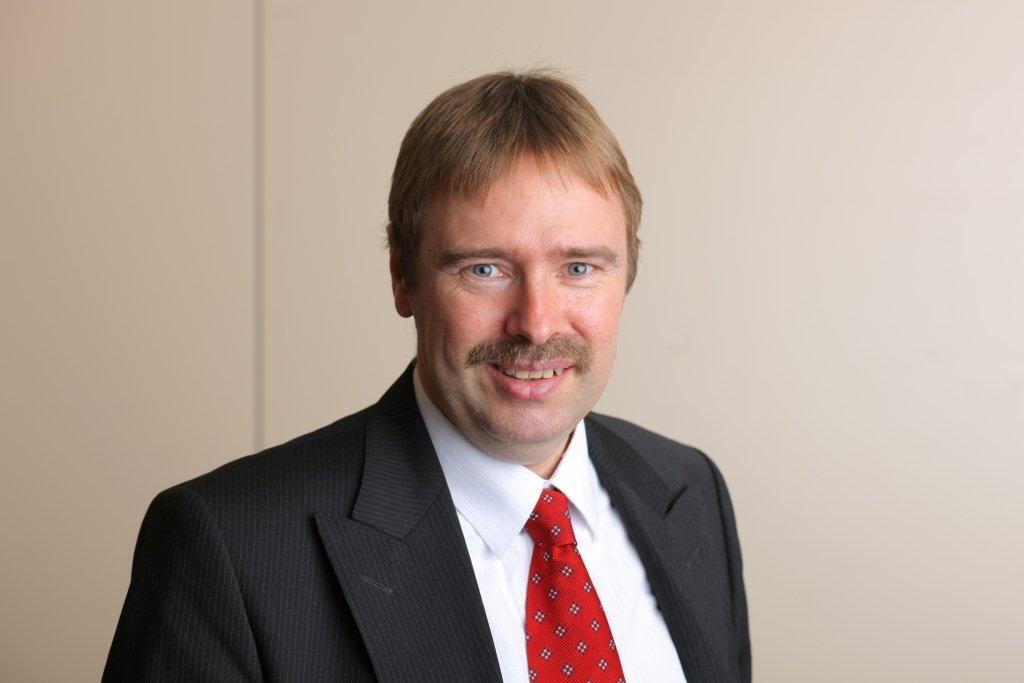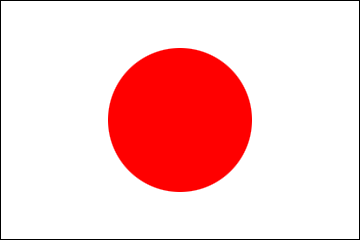Japan and Me
Japan and Me

Dirk De Ruyver The first time Japan came on my desk, was probably in 1983. I was studying Economic Sciences at Leuven University, and during a seminar, one of my classmates presented a macro-economic study on Japan. At that moment, most economic advanced countries were suffering from the aftershocks of the first and second oil crises (respectively 1973 and 1979). Japan was the exception. The country was accumulating huge trade surpluses, increasingly leading to frictions with and frustration in the rest of the world. Most of my classmates concluded that the problem would be solved by an appreciation of the value of the Japanese Yen, making Japanese exports more expensive, and imports into Japan cheaper. I was rather unsatisfied with this sole remedy. The Japanese Yen had been gaining quite some strength since the end of the Bretton Woods System in 1971. It had not stopped Japan’s trade surplus from exploding. To improve our exports to Japan, we need salespeople knowing this country, I thought. Do we know the needs of the Japanese consumer ? Do we know the Japanese business mentality ? Do we speak Japanese ? Do we know generally enough about Japan to develop our market there ? Contrary to the belief of my classmates that a technical solution such as the appreciation of the Yen would solve the problem, I thought that in Europe, we seriously lacked cultural knowledge to be successful in Japan. Even after the seminar was finished, the debate raged among my classmates, till one of my best friends challenged me : “Well, Dirk, if you believe this, why don’t YOU start studying Japanese ?”, and to my own surprise, I replied : “That’s what I am going to do !” Hence, in 1984, while still studying Economic Sciences, I took a course of Japanese in the Department of Oriental Studies at the same Leuven University. It concerned a course of 6 hours Japanese language a week, led by Prof. Willy Vande Walle. What I was to found out was that these 6 hours had to be followed by long hours at home studying kana and kanji, the characters used in written Japanese. It took me seven months to understand that the course was time wise not compatible with my studies at Economic Sciences. I decided to graduate first from the latter, and retake the Japanese challenge from there. In 1986, I subscribed into a brand new four year course, Japanese Studies, developed by Prof. Willy Vande Walle. 1st year : 14 hours of Japanese language a week ; 2nd year : 12. The difference with Economic Sciences couldn’t be greater. Economic scientists are used to play with macro-economic phenomena on a worldwide scale. At Japanese Studies, I felt like a baby learning its first words. And instead of academic aula with 300 students, of which 75% male, I ended up in a classroom with some 30 students, of which 85% female. Luckily, in the 3rd and 4th year, more time became available for Japanese culture, history, geography and alike. I found myself attracted by things like Ukiyo-e (wooden block prints) of the Edo Period (1600-1868), and by the religious mentality of the Japanese. My graduating thesis focused on the cultural aspects of the Japanese management techniques, a hot topic in the 1980s. I graduated from Japanese Studies in July 1990, and was fortunate to leave for Japan with a Monbusho Scholarship in October of the same year. After improving my Japanese skills at the Osaka University for Foreign Studies (Osaka Gaidai, now Osaka University) for 6 months, I started my one year experience as “kenshusei” (research student) at the Nanzan University in Nagoya. This move was only possible thanks to the cooperation of Prof. Jan Swyngedouw, a Flemish scholar in Japanese religion, researching and teaching at this university. It was rather odd to find a professor in Comparable Religion taking on a graduate from Economic Sciences. However, under the leadership of Prof. Swyngedouw, during one year, I turned me attention to company shrines (kigyo jinja) in Japan, a phenomenon unknown in Europe. While abundantly travelling throughout Japan, I gradually discovered this phenomenon and its cultural roots. In March 1992, I presented my research paper. In 1994, it was published by the University of Hong Kong. Returning to Belgium at the end of March 1992, I found Europe completely changed. While I was embarking to Japan, East Germany and West Germany had been unified in October 1990. The collapse of the Berlin Wall in 1989 had opened up the markets in Eastern Europe, and Belgian industry was in the midst of conquering its share. Priorities had changed. Japan was not on the table anymore. With my experience abroad, a Flemish food company showed interest in sending me to Poland, when all of a sudden, after 8 months of job hunting, I was tipped about an open position for Japan. A Flemish interior textile manufacturer wanted to open a representative office in Japan to improve its sales there. The job was mine and by May 1993, I found myself back in Osaka. The company had been doing business with Japan for years, but had hit an invisible wall : its sales did not increase and the volume was insufficient compared with its potential market, Japan then being the second economy in the world. Patiently, I mapped out a network of new customers, and products adapted to them. Many obstacles had to be overcome at our production sites in Belgium to satisfy the strict requirements from the Japanese buyers. However, sales increased dramatically and prices were good. While factory managers were complaining loudly about the Japanese demands wrecking the efficiency of their production systems, financial and general management showed strong support for this Japanese adventure. The representative office in Osaka did not only open the doors for the Japanese interior market. Through its connections with the huge Japanese trading companies (sogo shosha) and their sales network in Asia, it helped the company’s textile and chemical raw materials finding markets in the newly booming markets of Asia, like China, Thailand, Indonesia and the Philippines. After 4 years, the company offered me to move the office from Osaka to Shanghai, and develop the Chinese market. It was a lucrative task, but I was doubting. Our success in Japan was due to an office in Japan. Moving the office to China would decrease the level of our service and disappoint our Japanese customers. Also personally, I was not equipped with the same skills for China as I was for Japan. Should I stay loyal to the company or to Japan ? Concluding that I had fulfilled the task of developing the Japanese market, I decided to go for another challenge in Japan. The Government of Flanders had opened a position for a business development director in Tokyo, focusing on attracting Japanese inward investment. The job profile suited well with my training as an Economic Scientist on the one hand, and my experience in the Japanese business world on the other hand. In August 1997, I started in this position at Flanders Foreign Investment Office. Ten years later, after this agency was merged with Export Flanders into Flanders Investment and Trade, I became Flemish Economic Representative in Tokyo. In addition to inward investment promotion, my task was expanded with supporting Flemish companies developing their markets in Japan. Both sides of the position enable me to connect to several major industries in Japan, such as automotive, logistics, chemicals, biotech and food sectors, keeping my job challenging and interesting. Moreover, I find myself increasingly surrounded by my “kohai”, junior Japanologists from the Leuven or Gent Universities, flexible enough to start a successful business in Japan. Together, each in his/her own domain, we help bridging the gap between the business world in and outside Japan. In conclusion, it is amazing to see how one simple question more than 30 years ago transported my life for the last quarter of a century to Japan. There were several opportunities to take another path, but I stuck with Japan. And to be honest, I feel fortunate being able to do so. |
